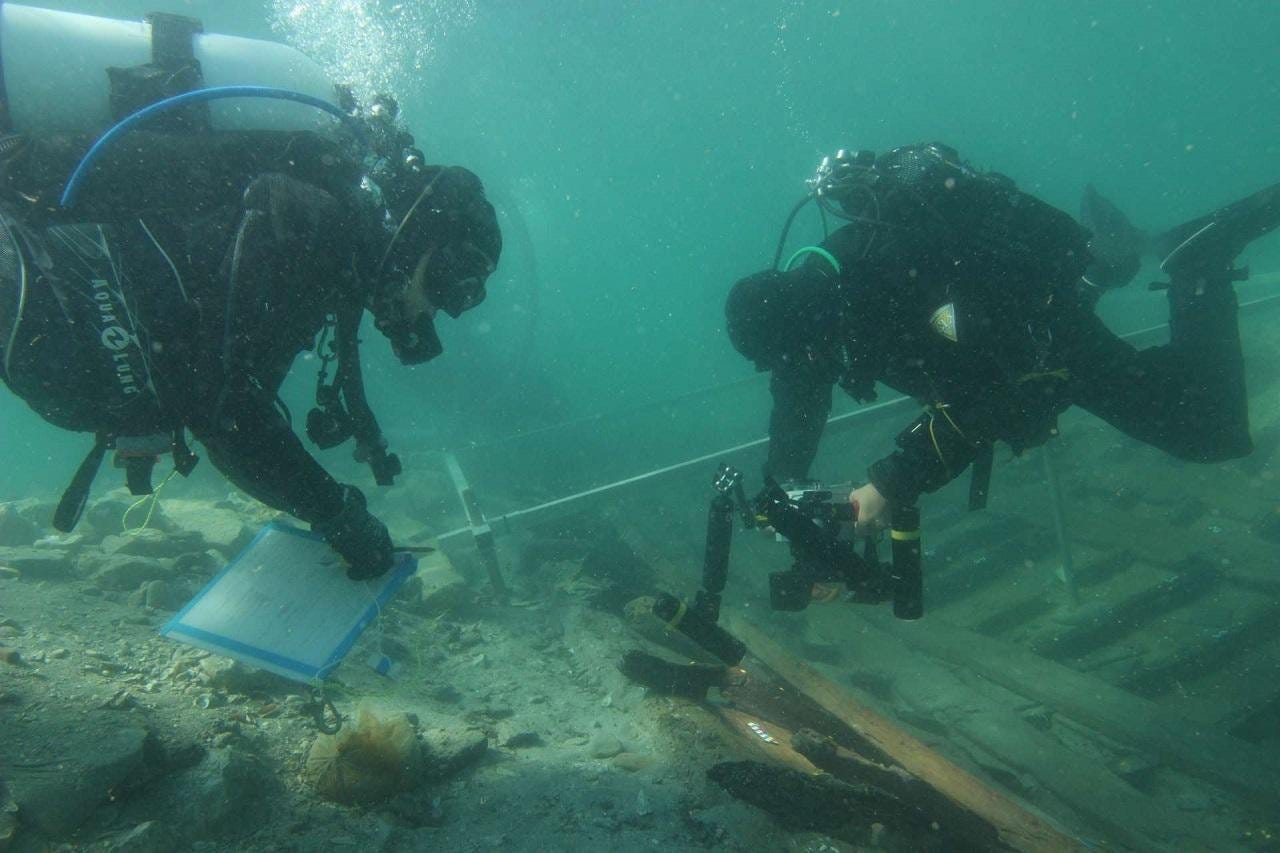A well-preserved Roman shipwreck in Croatia is revealing ancient trade and seafaring insights
Latest News
Reported by Archaeology News:
A team of international underwater archaeologists is unearthing fresh information regarding Roman maritime life after unearthing a well-preserved shipwreck in Barbir Bay, near the town of Sukošan on Croatia’s Adriatic coast.
The ship, believed to have been built between the 1st and 2nd centuries CE, was discovered in 2021 during excavations of a Roman-era harbor. It has since emerged as the most significant archaeological find in the region.
The ship, about 12.5 meters (40 feet) in length, was likely a merchant vessel. Archaeologists discovered hundreds of olive pits in its wreckage, which suggests that it had transported agricultural products across the Adriatic. Other discoveries at the harbor site, including grapes, peaches, and walnut shells, support the idea that the port was a hub for the transportation of produce, possibly to estates in the surrounding countryside. Combined, these findings demonstrate the significant role that coastal trade played in sustaining communities in the Roman frontier.
What is outstanding about the discovery is the state of preservation of the vessel. Large sections of its upper structure, rarely preserved in ancient wrecks, survived in the bay sediments. Specialists describe the construction as precise and stable, perfect for carrying heavy loads over medium to long distances. Such vessels would have been indispensable two thousand years ago, supporting economic chains connecting islands, ports, and settlements on land.
Read more here.




Hello Petros! I’ve been on Substack for about 2 weeks now, and I’m looking for interesting people!
I thought I’d drop a comment and introduce myself with a article, it’s about the Tartarian Empire, an empire bigger than the romans:
https://substack.com/@jordannuttall/note/p-175551254?r=4f55i2&utm_medium=ios&utm_source=notes-share-action
I miss the good old days with INA here at A&M. Now it’s live streaming the funeral of Reveille 9,